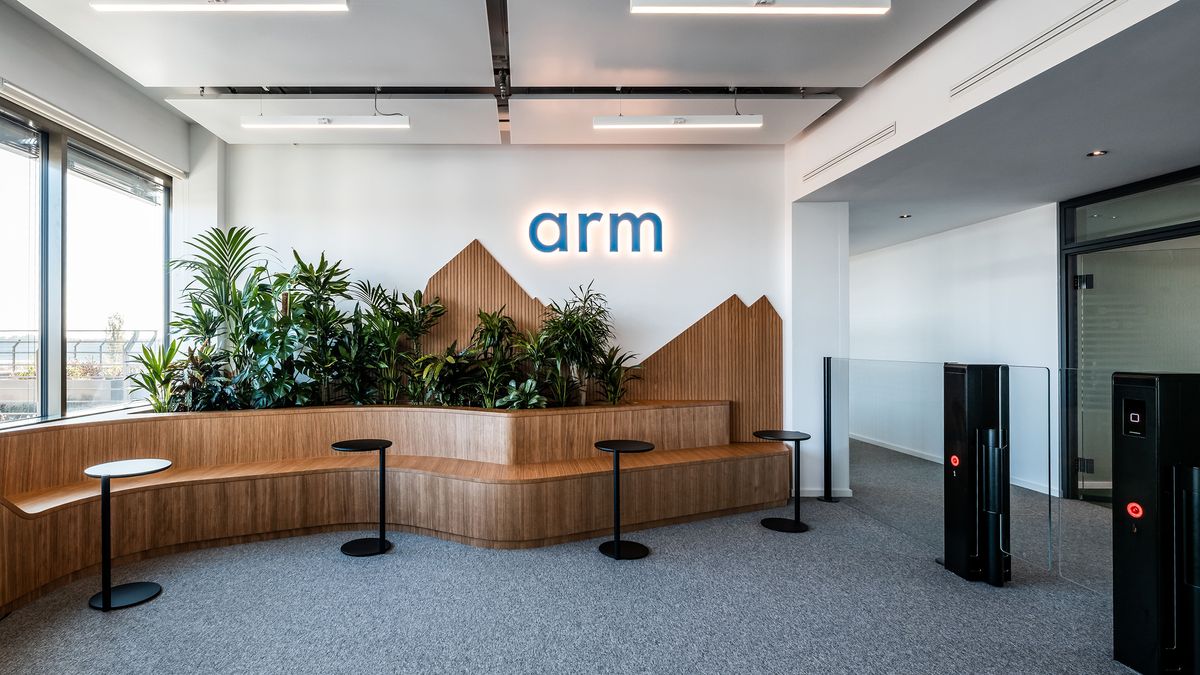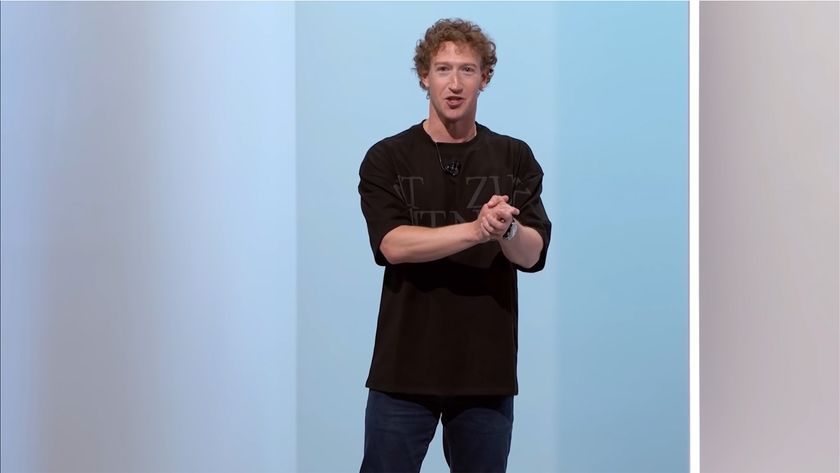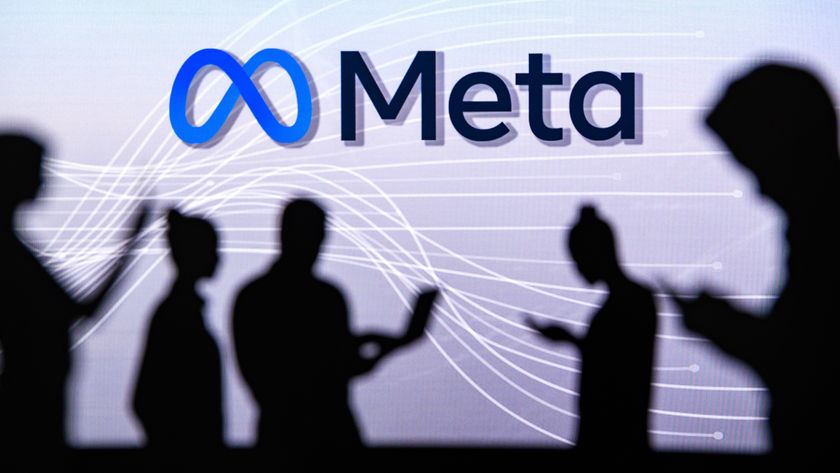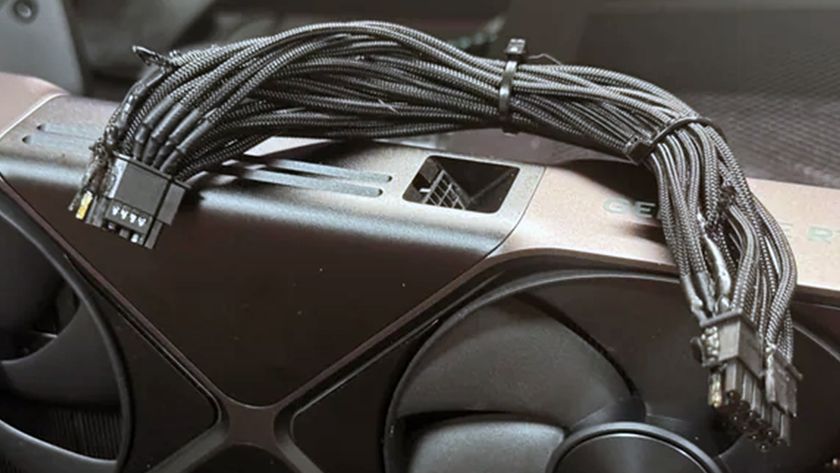Arm to let Qualcomm keep its architecture license but may ask for a retrial on the Nuvia issue
Qualcomm may have won the legal tussle, but it's not out of the woods yet.

Qualcomm CEO Cristiano Amon said during the company’s 1Q25 earnings conference call that Arm “has no current plan to terminate the Qualcomm Architecture License Agreement.” This announcement came soon after it won over Arm in a legal battle over the custom core designs that Nuvia made. When Qualcomm bought Nuvia for its CPU designs and used it as part of the Oryon CPUs found in its Snapdragon chips, Arm was up in arms, saying that Nuvia cannot transfer its designs without prior approval, reports The Register.
This has led to a massive legal feud between the two companies, with Arm terminating Qualcomm’s license and demanding that Nuvia’s blueprints be destroyed. Arm says that it’s missing out on $50 million of annual royalties because Qualcomm did not renegotiate Nuvia’s license after the acquisition; however, the Snapdragon designer argues that its Oryon CPU cores use less than 1% of original Arm tech, saying that it’s almost entirely custom.
Despite Qualcomm’s victory, Arm is still asking for further clarification on the legalities of the deal, especially as the jury is hung on whether Nuvia was in breach of its contract with the company. Because of this, there’s a chance that Arm would ask for a retrial, at least for this issue.
Nevertheless, Arm’s legal defeat to Qualcomm has no expected effect on the company’s bottom line and revenue forecast. Arm CFO Jason Child said the company assumed it wouldn’t win the lawsuit and would continue receiving royalties from Qualcomm from its existing ALA and other licenses. “The primary reason for the lawsuit was very much around defending our IP and that’s important,” Child said. “But from a financial perspective, we had assumed that we’ll continue to be receiving royalties at basically the same rates that they’ve been paying for in the past and will continue to pay.”
Even though Arm was unsuccessful in forcing Qualcomm to renegotiate its contracts, it still benefits from the latter’s success. During its last quarterly earnings announcement, the Snapdragon maker said that its revenue jumped by 18% yearly, leading to a 15% growth in its net income. It also claimed it cornered 10% of the U.S. Windows PC retail market for $800 and up devices. Arm’s revenue for this period also increased by 18% year over year, showing how closely the two companies are connected.
Stay On the Cutting Edge: Get the Tom's Hardware Newsletter
Get Tom's Hardware's best news and in-depth reviews, straight to your inbox.

Jowi Morales is a tech enthusiast with years of experience working in the industry. He’s been writing with several tech publications since 2021, where he’s been interested in tech hardware and consumer electronics.
-
thestryker At this point I doubt it'd be worth the cost to Arm to go to court again for this issue specifically. The only place they didn't lose was fairly narrow and doesn't seem to be particularly relevant going forward. Seems like it'd be in the best interest of both companies to just move forward.Reply -
Peksha Reply
All these lawsuits from ARM were a nothing burger to begin with. And this new lawsuit will not help them either - Nuvia is no more, and there is no claim against it. They should forget about it.thestryker said:At this point I doubt it'd be worth the cost to Arm to go to court again for this issue specifically. The only place they didn't lose was fairly narrow and doesn't seem to be particularly relevant going forward. Seems like it'd be in the best interest of both companies to just move forward. -
bit_user Reply
It was a risky bet, on their part. However, they also came at a time when ARM was preparing for their IPO (i.e. after the Nvidia acquisition fell through). ARM really tried a maximum leverage strategy, but I think it made some sense in context. They needed a credible strategy to give investors for a valuation that would justify the kind of share price they wanted. Even if investors discounted that argument somewhat, they probably still gave it partial weight, on the bet that it might just work out.Peksha said:All these lawsuits from ARM were a nothing burger to begin with.
In the end, it definitely has hurt the prospects of the ARM ISA. To continue their growth as a company, ARM will focus on its plan B of getting into the silicon game.
In fact, if ARM has some success making their own CPUs and chiplets, I hope they get pushed by regulators to spin off the ISA development & licensing part of their business into an independent entity. This might even be something ARM does of their own volition, once RISC-V catches on and if their silicon design teams want to start designing RISC-V cores. At that point, they could even follow what IBM did with the POWER ISA and establish an OpenARM foundation, or maybe just go half-way and follow what Intel and AMD have done with x86:
https://www.tomshardware.com/pc-components/cpus/intel-and-amd-forge-x86-ecosystem-advisory-group-that-aims-to-ensure-a-unified-isa-moving-forward


